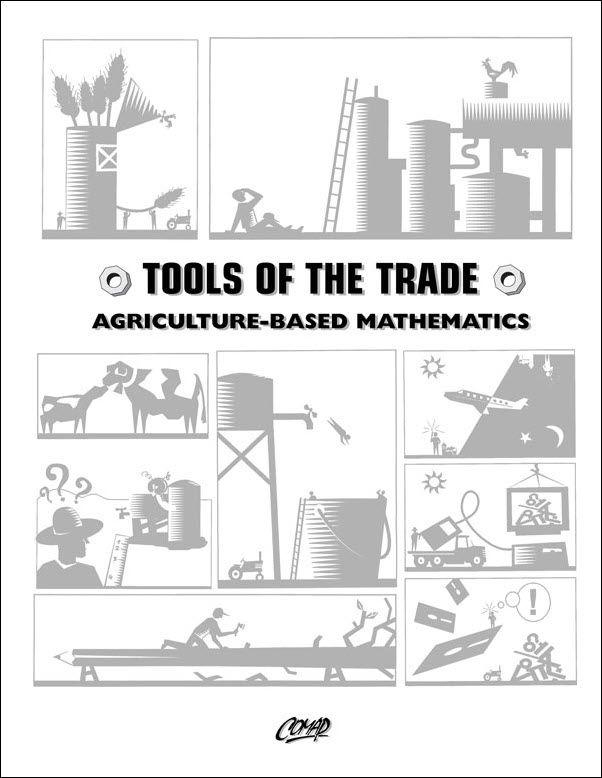Tools of the Trade: Unit 9: Effect of Burning Stubble on Wheat Yields
Author: Project Co-Directors: Dave Engelhard, Michael Kallaher & Jack Robertson
Unit 9: Effect of Burning Stubble on Wheat Yields: Purpose of Unit:
To provide arithmetic computational exercises through graphical interpretation.
Note: The information below was created with the assistance of AI.
Level of Mathematics
Target Audience:
Appropriate for middle school to early high school students (Grades 6–9).
No algebra is required—focused on basic arithmetic and data interpretation.
Mathematical Skills Used:
Reading and interpreting graphs
Basic arithmetic: addition, subtraction, multiplication
Qualitative reasoning from trends and slope in graphs
Unit conversions (e.g., bushels per acre to total yield)
Application Areas
Real-World Context:
Agricultural decision-making, specifically:
Comparing farming practices: no-till, straw chopping, stubble burning
Assessing impact on wheat crop yields
Financial implications of farming choices (e.g., how much yield translates into profit or loss)
Relevant Fields:
Agronomy and sustainable farming
Environmental science
Agricultural economics (basic ROI calculations)
Climate and soil management
This unit connects mathematics with real-life farm management practices, helping students understand the long-term effects of soil treatment strategies.
Prerequisites
Required Knowledge:
Comfort with basic arithmetic operations (whole numbers and decimals)
Ability to read graphs (axes, trends, comparisons)
Understanding of rate units (e.g., bushels per acre)
Introductory financial literacy for value calculations
No prior algebra or formal graphing experience is required, making this an accessible unit even for less mathematically inclined students.
Subject Matter
Key Topics and Exercises:
Graph Analysis:
A line graph compares wheat yields from 1960–1975 under different combinations of:
Soil treatment (no-till, straw chopped, straw burned)
Fertilizer use (with and without)
Quantitative Tasks:
Determining yields for specific years
Calculating total yield over acres (e.g., 640 acres × yield per acre)
Comparing earnings based on market price of wheat
Qualitative Analysis:
Identifying which practices led to better outcomes over time
Understanding changes in yield trends (slopes, line spacing)
Reasoning through cost-benefit tradeoffs for fertilizer application
Assessment Questions:
Explore yield advantages between treatment groups
Identify whether burning was always harmful or conditionally better
Modeling Scenarios:
Farmers must decide whether investing in fertilizer is profitable
Students justify choices based on graphical and numerical evidence
Instructional Format:
Worksheet-based: ideal for individual or group work
Requires minimal teacher direction
Encourages discussion of environmental sustainability and economics in farming
Correlation to Mathematics Standards
Common Core State Standards (CCSS) Alignment:
6.RP.A.3: Use ratio and rate reasoning to solve real-world problems
6.SP.B.5: Summarize numerical data sets in real-world contexts
7.SP.C.5 & 7.SP.C.7: Develop a probability model and use it to determine probabilities of events (extended to decision-making contexts)
8.F.B.5: Describe qualitatively the functional relationship between two quantities using a graph
8.EE.C.7: Solve real-world and mathematical problems involving linear equations (interpreting line intersections)
Mathematical Practices (MP):
MP1: Make sense of problems and persevere in solving them.
MP2: Reason abstractly and quantitatively.
MP4: Model with mathematics.
MP6: Attend to precision.
MP7: Look for and make use of structure (especially in graph comparisons).

Mathematics Topics:
Application Areas:
Prerequisites:
You must have a Full Membership to download this resource.
If you're already a member, login here.